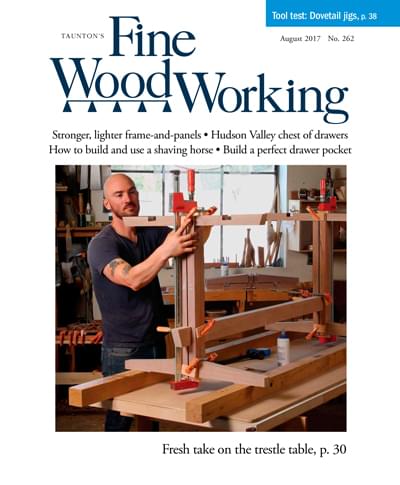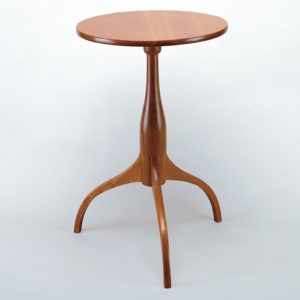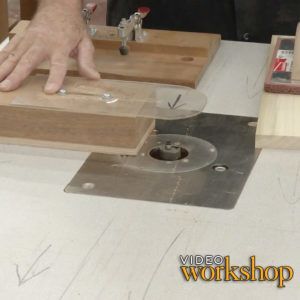
The traditional glue pot disappeared from woodshops and trade schools soon after World War I when synthetic adhesives took over, leaving later generations of woodworkers to learn this secret of the craft on their own. Animal-protein glues have many advantages over synthetics. They are very quick-setting; transparent to stains, oils, and other finishes; easy to clean up; and reversible, making repairs possible.
In this four-part series, furniture maker and conservator Patrick Edwards will show you:
- How to choose the right hide glue for your projects
- How to properly mix hot hide glue, and save it when you’re done using it
- How to use the unique properties of hide glue to create rub joints for glue blocks
- Hammer veneering with hide glue, using only a veneer hammer—no clamps or vacuum bags
For more information about Patrick and hide glue, visit his site. Also, be sure to check out his YouTube channel.
Videos in the Series
-
Choosing and mixing hot hide glue
March 20, 2020
-
How to store hide glue
March 20, 2020
-
Glue blocks and rub joints with hide glue
March 20, 2020
-
Hammer veneering with hide glue
March 20, 2020














































